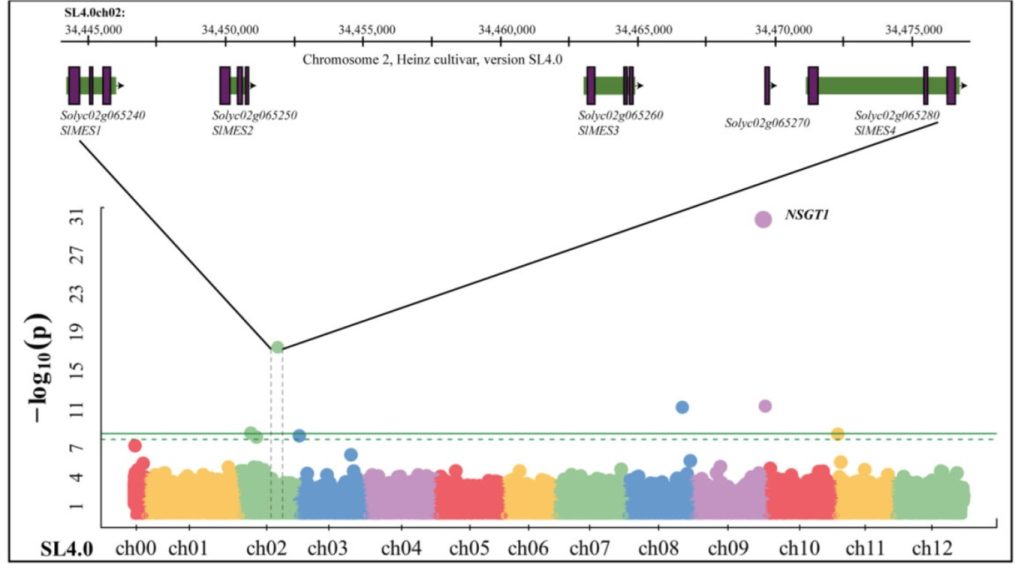
Demethylation of methyl salicylate to salicylic acid in tomato fruit
Plant Science Research WeeklyThis is an interesting paper that grabbed my attention from the very first line: “Tomatoes are the second most valuable crop in the USA”. Of course, a key trait in these important fruits is their flavor, something the Harry Klee team at the University of Florida have been studying for years. Here,…
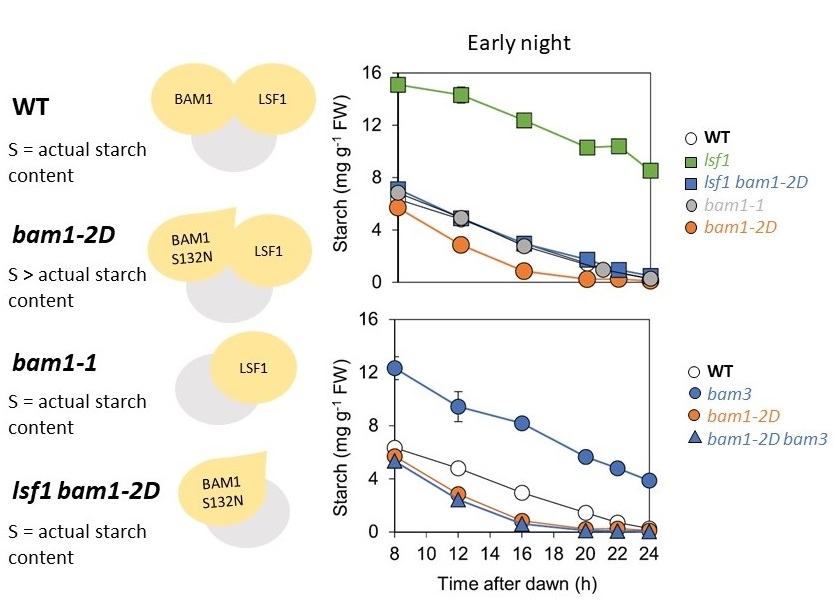
A dominant mutation in β-AMYLASE1 disrupts nighttime control of starch degradation in Arabidopsis leaves (Plant Physiol)
Plant Science Research WeeklyPlants use starch in leaf chloroplasts to fuel their growth and metabolism during the night. In Arabidopsis, nighttime starch degradation is tightly regulated; the degradation rate is linear and adjusts to both the availability of starch and length of night, so that most but not all the starch is used…
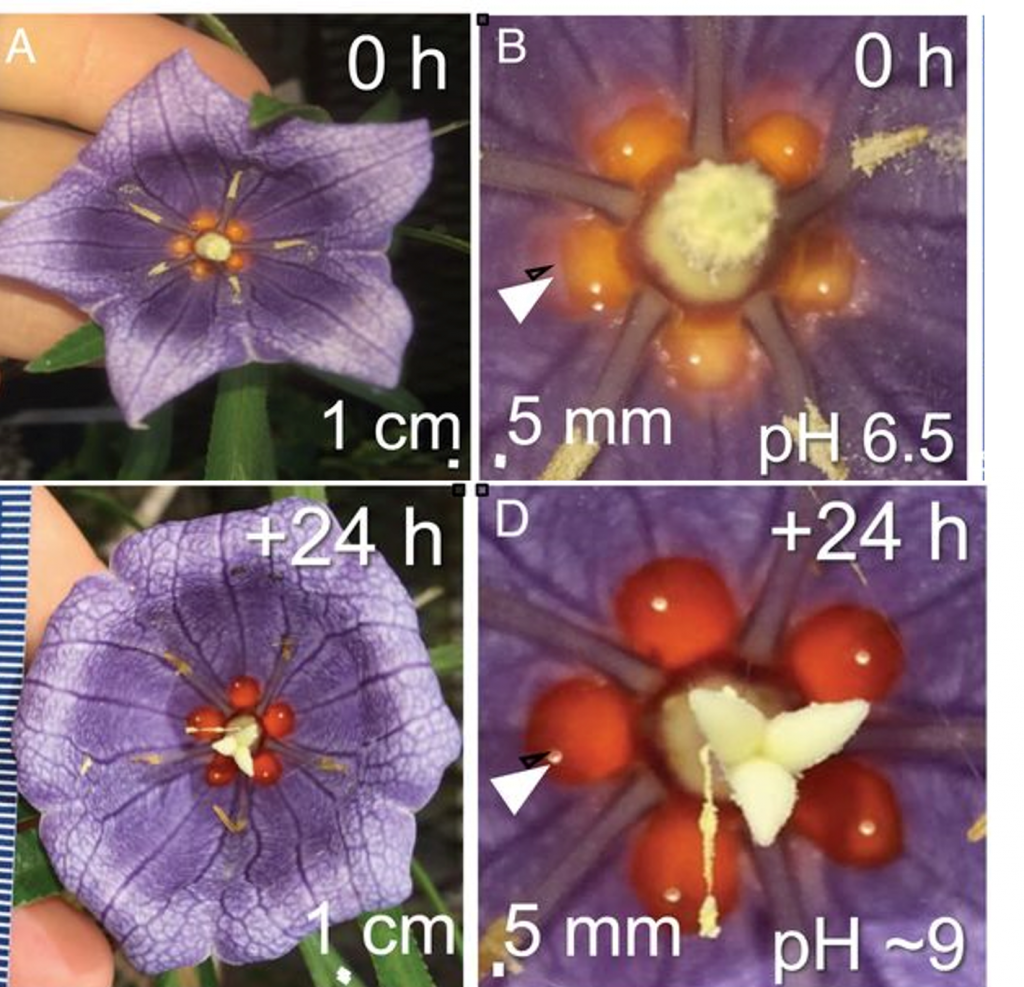
Convergent evolution of red nectar in vertebrate-pollinated flowers (PNAS)
Plant Science Research WeeklyNesocodon mauritianus is about one out of 70 plant species that produce colored nectar. The nectar of Nesocodon starts off yellow in newly opened flowers and progresses to blood-red in color as the flowers mature. The authors showed that the red colored nectar is both visible and attractive to geckos,…
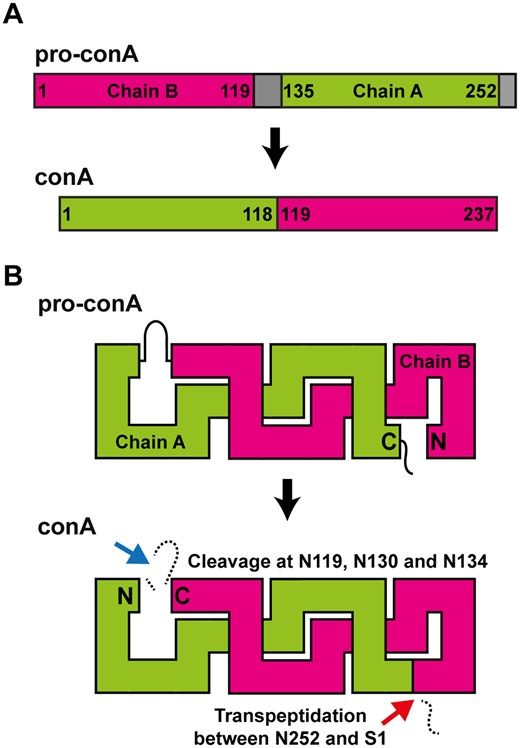
Structural and biochemical analyses of concanavalin A circular permutation (Plant Cell)
Plant Science Research WeeklyIf you have heard of concanavalin A (ConA), it probably is because it is a widely-used reagent in carbohydrate science and medical research. ConA is a lectin derived from jackbean (Canavalia ensiformis, hence the name) that binds assorted carbohydrates. It is also a fascinating protein that assembles…
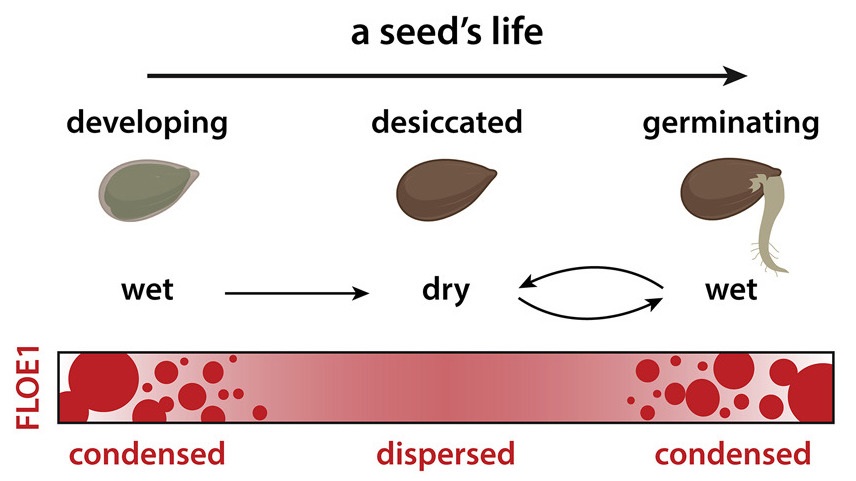
A prion-like protein regulator of seed germination undergoes hydration-dependent phase separation ($) (Cell)
Plant Science Research WeeklySeed imbibition (i.e., water uptake) marks the beginning of germination, an irreversible process that might lead plants to death if it occurs under unsuitable conditions for seedling development. Therefore, it is expected that seeds only germinate when water is readably available. However, the molecular…

A seed coat-specific β-ketoacyl-CoA synthase, KCS12, is critical for preserving seed physical dormancy ($) (Plant Physiol.)
Plant Science Research WeeklyPhysical dormancy is a dormancy class caused by a water-impermeable cell layer that prevents seed water uptake. Despite being present in several families, its molecular basis has seldom been addressed. Here, Chai and colleagues identify a β-ketoacyl-CoA synthase (KCS) –one of the enzymes that participate…
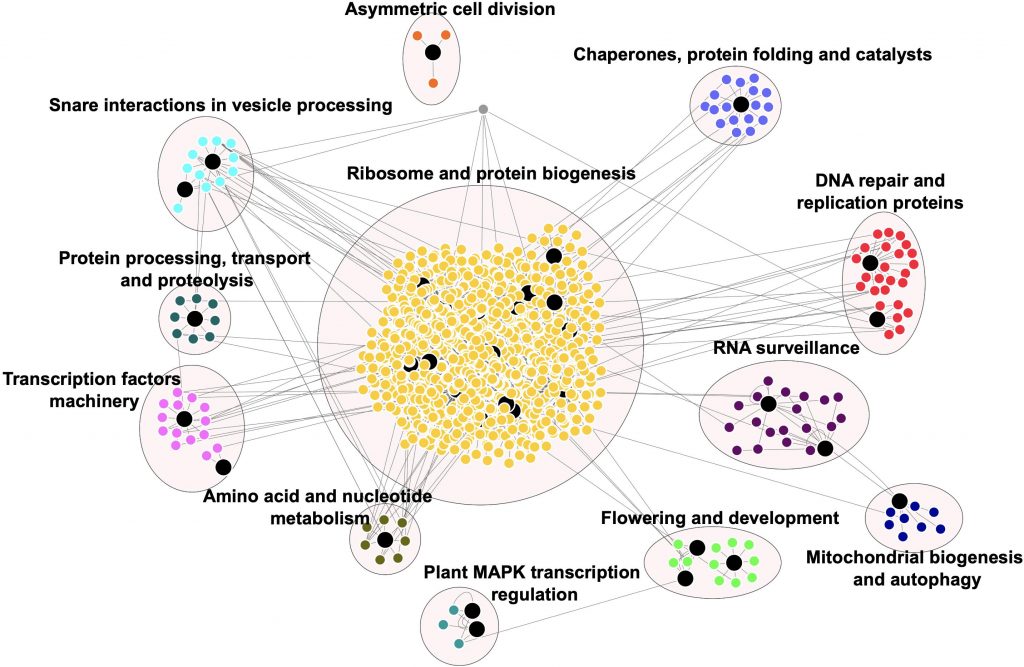
Complex networks of prion-like proteins reveal cross talk between stress and memory pathways in plants (Front. Plant Sci.)
Plant Science Research WeeklyPrions were first identified as the infectious protein agents causative of Creutzfeldt-Jakob disease or bovine spongiform encephalopathy (mad cow disease); when individuals eat something containing these prion proteins, the prion proteins induce conformational changes in their brains leading to neurological…
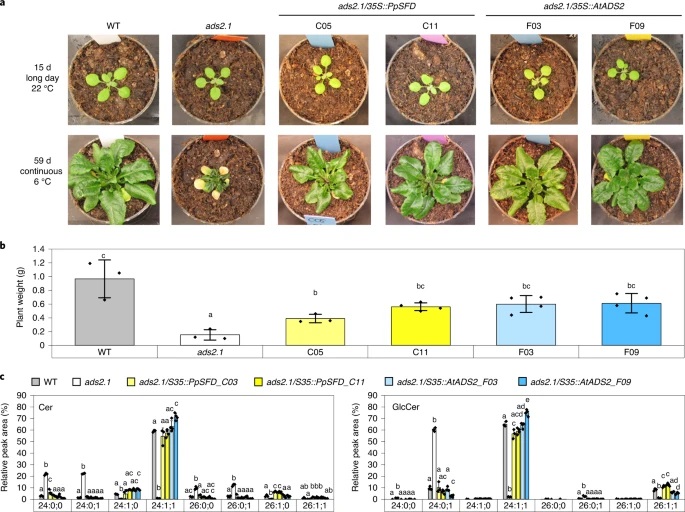
Convergence of sphingolipid desaturation across over 500 million years of plant evolution (Nature Plants)
Plant Science Research WeeklyIf you remember your biochemistry, lipids that are saturated (without double bonds) pack more tightly and therefore have a higher melting temperature than those that are unsaturated, therefore bend and pack less tightly (think of margarine versus oil). Plants can modify their membranes in a temperature-responsive…
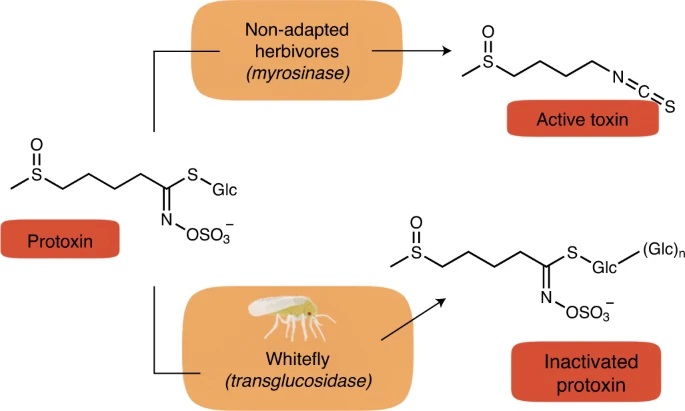
Glucosylation prevents plant defense activation in phloem-feeding insects (Nature Chem. Biol.)
Plant Science Research WeeklyBrassicas produce specialized metabolites called glucosinolates that can be enzymatically converted to release toxic compounds. The catalyzing enzyme is stored in a separate subcellular compartment, so upon wounding by a herbivore the enzyme and substrate mix and release the toxin. Phloem-feeding insects…

